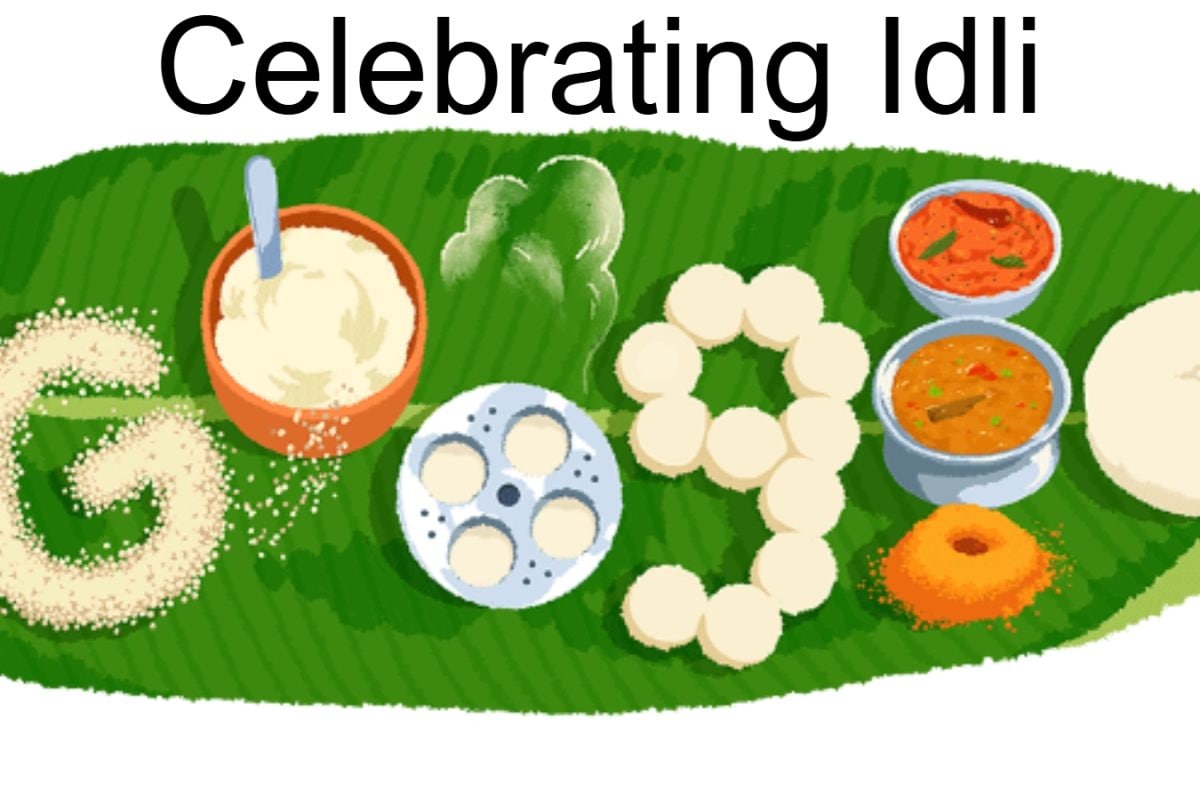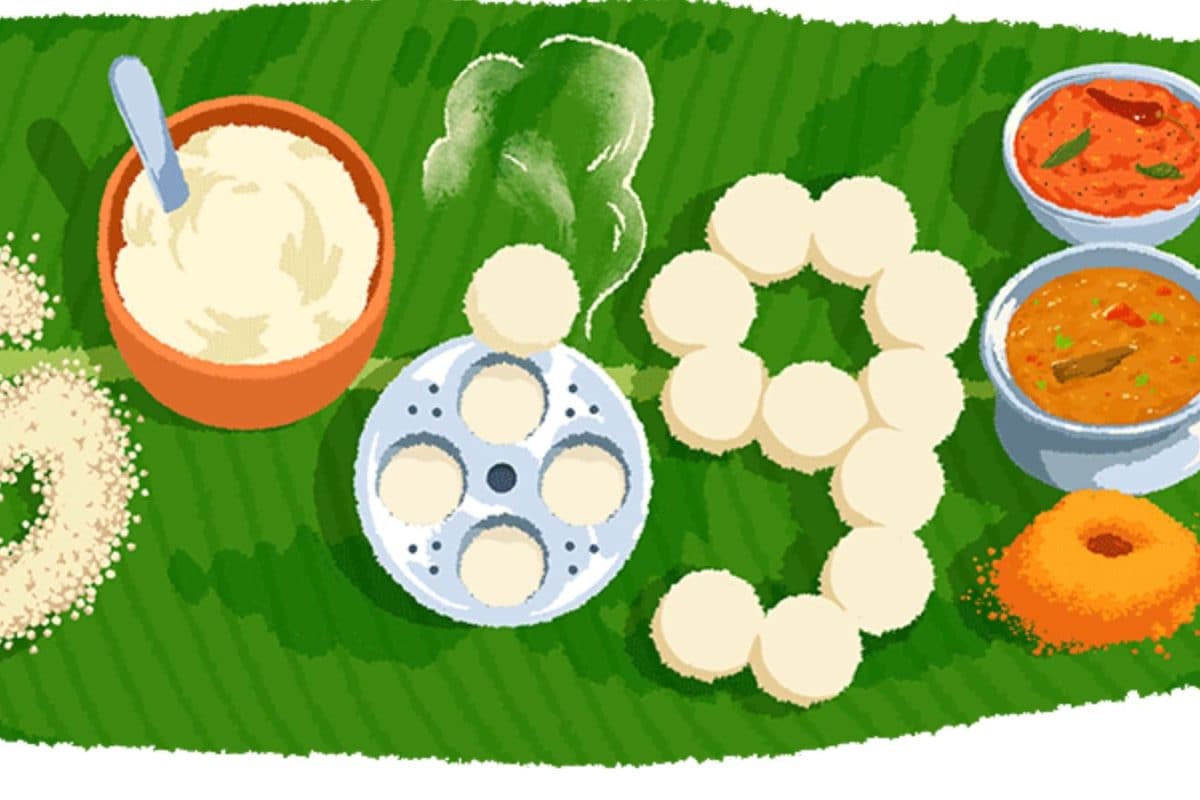Idli's Uncertain Past
The beloved idli, a staple across India, presents a historical puzzle. The exact origins of idli are not firmly established, leaving room for various hypotheses.
Several theories compete to explain how this popular dish came into being. The exact details are difficult to pinpoint; however, it's a matter of ongoing discussion and culinary exploration to discover the truth about idli’s fascinating journey from its humble beginnings to its current status as a favorite dish.
Tracing Culinary Roots
The search for idli's inception unveils several potential sources. Some historians suggest it might have roots in Indonesia, where a similar fermented food called 'kedli' existed as early as the 10th century. This theory suggests that the recipe could have been introduced to India through traders and travelers. Another perspective traces its origins to the Arab world, where the preparation of fermented foods was common. However, direct evidence supporting these claims remains limited. These theories showcase the rich cultural exchanges that likely shaped idli's creation.
Evolution of Idli
It's important to appreciate how idli has changed over time. Early variations may have differed significantly from the idli we know today. The ingredients and cooking methods may have been adjusted over generations, gradually refining the recipe. Different types of rice or lentils might have been used, and steaming techniques could have evolved. Examining the evolution of idli highlights the culinary ingenuity that brought this dish to perfection. The evolution of idli is a testament to how culinary practices have changed through time and cultural exchange.
Regional Variations Today
The beauty of idli lies in its diverse regional adaptations. Across South India, you can find variations in ingredients, shapes, and accompanying dishes. Some regions may use different types of rice or lentils, or they have their own special method of fermentation. For example, the batter's consistency could be adjusted to change the idli's texture, or it might be served with a distinct chutney or sambar. Moreover, the cooking process could also differ, leading to many unique local versions. The variety of idli variations demonstrate how local flavors and traditions have enriched this beloved dish.



